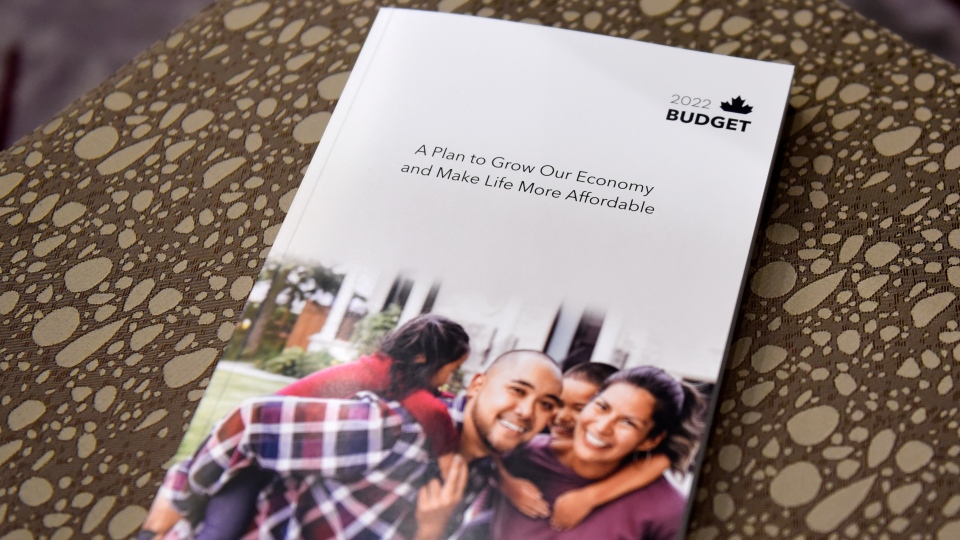Welcome to The Buzz
Explore expert opinion, insights, news, and updates from the world of bookkeeping.
2022 Federal Budget Highlights

Last week, Deputy Prime Minister and Finance Minister Chrystia Freeland tabled her second budget. This year's shorter budget (280-page) document seeks to turn the corner from COVID, with the federal government asserting the outcome of a V-shaped recovery and a deficit half the size of last year.
This budget addresses a series of emerging issues facing Canadians, including housing affordability, supply chain issues, labour shortages, and the continuing conflict in Ukraine. To remain consistent, the government remained focused on priorities around climate change, Indigenous reconciliation, diversity and inclusion, and public healthcare all found their way into the budget.
Finally, given the Liberal minority situation, NDP Leader Jagmeet Singh has given his blessing to the budget, saying that the Liberals have met their first test of trust in the recently signed "confidence and supply" agreement between the two parties.
Analysis:
The budget projects future growth to exceed our neighbours to the south over the coming years. At the same time, inflation is projected to drop to just over 2% next year, and unemployment is approaching the lowest rate in 50 years. The government projects that deficits will fall from 4.6% of GDP to just 0.3% by 2026-27 - a projection that moves the government close to balance, all things being equal.
Despite this positive outlook, the Deputy Prime Minister recognizes that Canadians feel anxious and uncertain as they navigate a post-pandemic world. In particular, fear around housing affordability, supply chain challenges and conflict abroad is compounded as Canadians look to a return to workplaces and offices after two years. This budget acknowledges that Canadians are not feeling the recovery, partially due to inflation, even if the economic indicators presented look positive.
2022 Budget Highlights:
- The budget includes $10.1 billion in spending for increasing the housing supply by investing in new construction, temporarily banning foreign home buyers, and programs to address homelessness.
- The budget introduces a $4 billion Housing Accelerator Fund intended to support the creation of 100,000 new units through direct spending on housing or streamlining delivery processes.
- The budget proposed a Tax-Free First Home Savings Account, which would allow first-time homebuyers to save for down payments tax-free.
- New spending of over $11 billion is committed in the next six years for Indigenous children and families to address the legacy of residential schools and improve health outcomes, housing, and access to clean drinking water.
- Following the NDP-Liberal confidence agreement, $5.3 billion in funding for national dental care is the most significant spending in the healthcare portfolio. The government is committed to developing a national pharmacare plan and financing for new doctors and nurses who choose to practice in rural and remote communities and for a new Foreign Credential Recognition Program.
For a full range of Business Income and Personal Tax Measures, please check out the detailed budget analysis by EY.
For additional information and context, you can access and review the Federal Budget Highlights or the full Federal Budget document.
